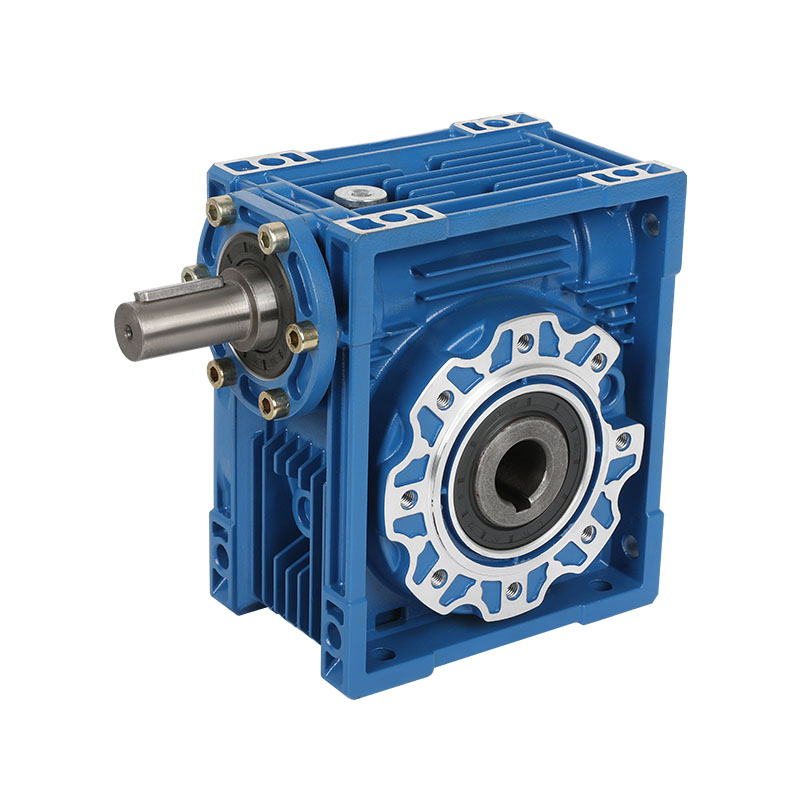Designing an effective vibration and noise reduction system for RV worm gear reducers involves integrating a robust shock absorption device. This device plays a crucial role in mitigating vibrations and minimizing noise generated during operation. Here are the key considerations and design strategies:
Before designing a shock absorption device, it's essential to identify the primary sources of vibration and noise in the RV worm gear reducer. Common sources include:
Inaccurate gear alignment and meshing can create significant vibrations.Uneven loads on the gear system can lead to oscillations.Wear or poor lubrication of bearings can contribute to increased noise levels.
Selecting appropriate materials for the shock absorption device is critical. Consider the following:
Materials like rubber or polyurethane provide excellent shock absorption properties. They can deform under load, absorbing vibrations before they transmit to the structure.Closed-cell foams can be used to dampen noise and vibrations, particularly in housing designs.
The design of the shock absorption device should focus on effective mounting techniques:
Use mounts designed specifically for isolating vibrations. These mounts can be placed between the RV reducer and the base structure to absorb vibrations.Incorporate flexible couplings between the motor and the reducer to minimize the transfer of vibrations through the drive train.

Dynamic balancing is essential to reduce vibrations:
Ensure that components within the RV reducer are evenly distributed. Uneven weight can lead to imbalances during operation.Utilize balance weights if necessary, ensuring that all rotating parts are dynamically balanced to minimize oscillations.
Incorporating damping techniques can significantly reduce noise and vibration:
Use viscoelastic materials that combine stiffness and damping properties. These materials can effectively reduce vibrations over a wide frequency range.For specific frequencies, consider using tuned mass dampers that can counteract vibrations at particular resonant frequencies.
The geometry of the shock absorption device should enhance its effectiveness:
The design should be compact yet effective in absorbing shocks. An appropriate surface area in contact with the reducer will enhance absorption.Consider a multi-point mounting approach to distribute forces evenly, reducing localized stress and vibration.
After initial design, thorough testing is crucial:
Conduct vibration analysis using accelerometers to measure the effectiveness of the shock absorption device. Adjust the design based on the results to achieve optimal performance.Measure noise levels in a controlled environment to assess the impact of the shock absorption device on overall noise reduction.
Design the shock absorption system with maintenance in mind:
Ensure that the device can be easily accessed for inspections and replacements.Select materials and designs that can withstand wear and tear over time, ensuring long-term effectiveness.
Incorporating a well-designed shock absorption device into the RV worm gear reducer system is essential for reducing vibration and noise. By understanding the sources of vibration, selecting appropriate materials, employing effective mounting techniques, and incorporating damping mechanisms, the overall performance of the reducer can be significantly enhanced. Continuous testing and maintenance will ensure the longevity and efficiency of the system, ultimately leading to a quieter and more stable operational environment.

 English
English русский
русский bahasa Indonesia
bahasa Indonesia
